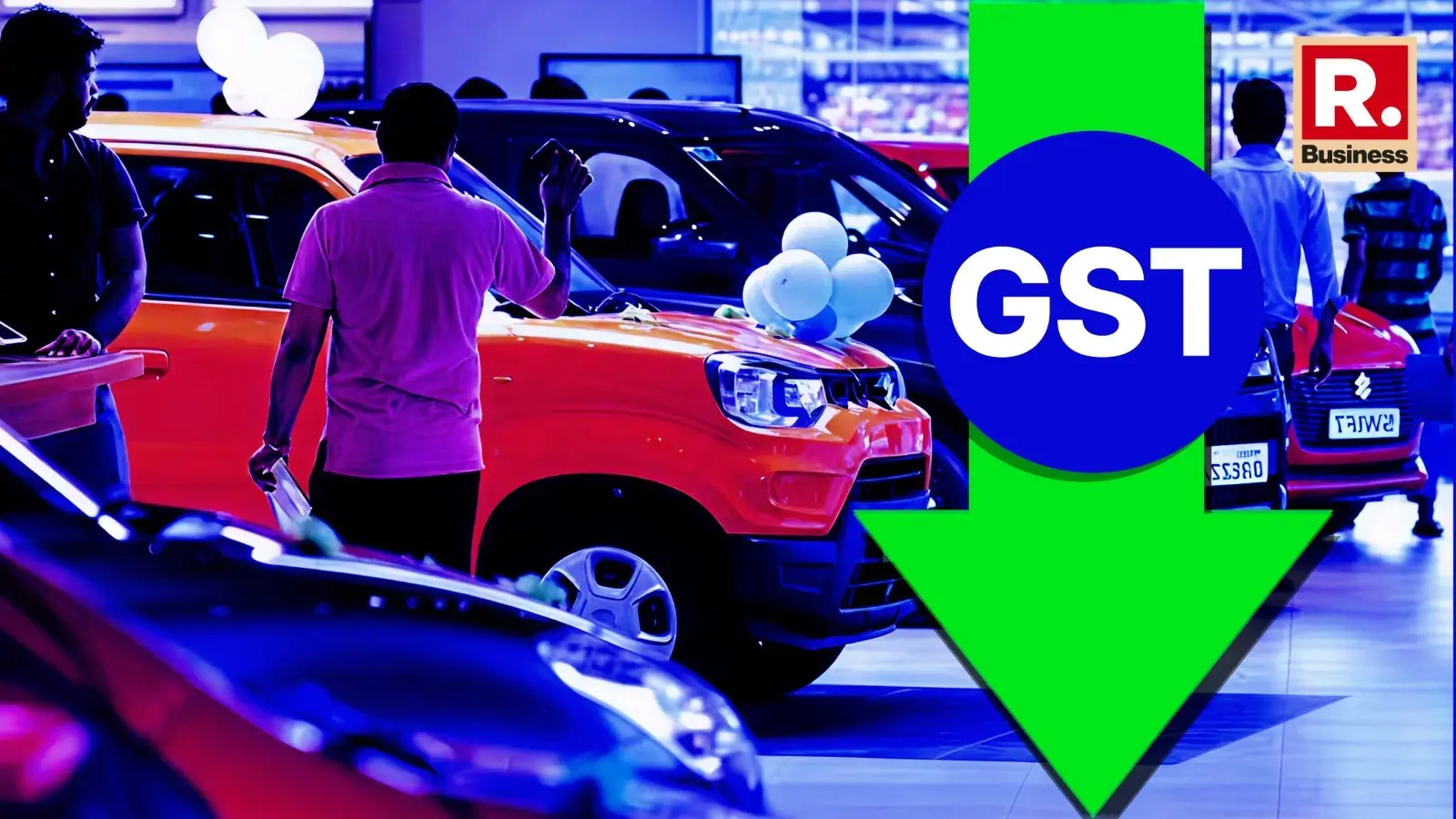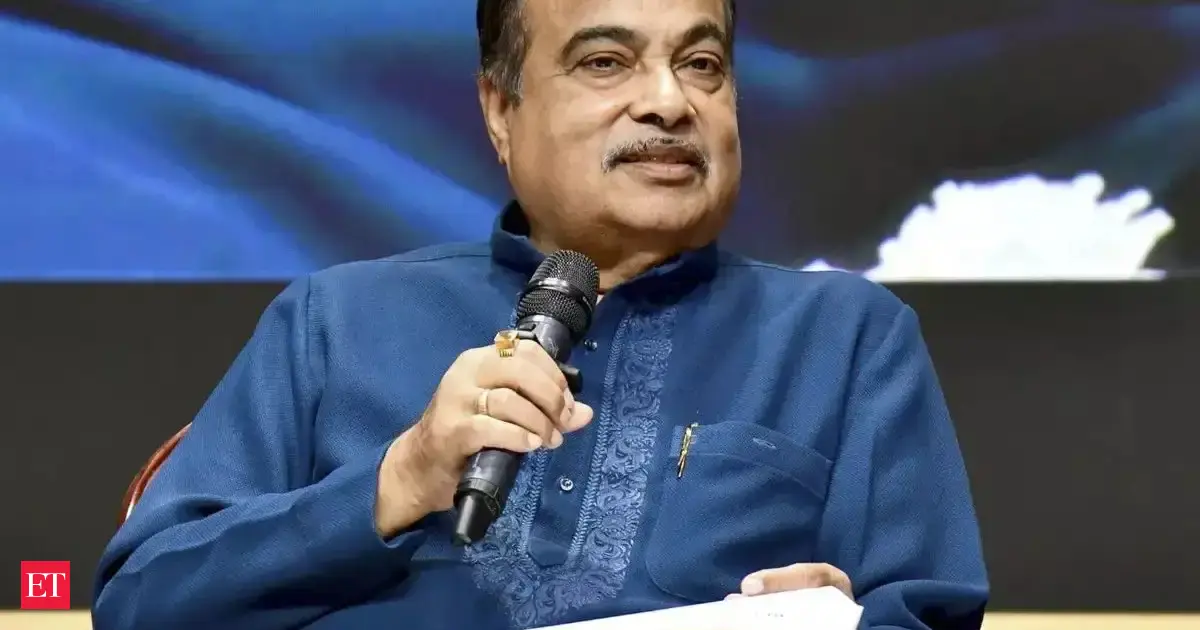By Avishek Banerjee
Copyright republicworld

The introduction of GST 2.0, along with the onset of the festive season, gave a major boost to passenger vehicle (PV) sales in September 2025. Wholesales reached nearly 3.8 lakh units, marking a 5% increase year-on-year (y-o-y), while retail sales surged to around 4 lakh units, up 25% from September 2024.The reduction in GST rates triggered sharp price cuts, particularly for small cars and SUVs, fuelling record demand. Industry executives say the strong momentum is expected to continue through Diwali, though logistics challenges remain in meeting the surge.Maruti Suzuki, despite an 8.3% decline in wholesales to 1,32,820 units due to distribution constraints, recorded robust retail numbers of 1.73 lakh units, a 27.5% rise y-o-y. Benefitting from GST cuts on compact cars, the company is expected to achieve record Navratri deliveries, likely reaching 2 lakh units between Sept 22 and Oct 2 (Dussehra).“We delivered 1.65 lakh vehicles in the first eight days of Navratri, with bookings crossing 1.5 lakh — an all-time high surpassing our FY20 record,” said Partho Banerjee, Senior Executive Officer, Marketing & Sales, adding, “By the end of Navratri and Dussehra, we are confident of hitting the 2-lakh mark. Overall, we have received around 3.5 lakh bookings.”However, he maintained, “The main challenge remains logistics to transport such large volumes.” He added that new-launch Victoris are already sold out, calling this the “best festive performance” for the company to date.Tata Motors posted its strongest-ever monthly performance, with wholesales climbing 45% y-o-y to 59,667 units, led by SUVs including the Punch, Nexon, Harrier, and Safari. The Nexon alone achieved a record 22,500 units, while CNG models touched 17,800 units. Retail through Ashtami exceeded 50,000 units, placing Tata ahead of Hyundai and M&M in September retail data.“This surge sets a promising tone for sustained growth,” said Shailesh Chandra, MD, Tata Motors Passenger Vehicles. “With a solid booking pipeline and festive demand, we are positioned to carry this momentum into H2 FY26.”Mahindra & Mahindra (M&M), powered by SUVs such as Thar, XUV700, and Scorpio-N, recorded a 10% rise in wholesales at 56,233 units. “Thanks to GST 2.0 and pent-up demand, SUV retails during the first nine days of Navratri grew over 60%,” said Nalinikanth Gollagunta, CEO, Automotive Division. He noted that logistical constraints due to high festive demand have been a challenge.Hyundai Motor India saw a marginal 0.9% increase in wholesales to 51,547 units, driven by record sales of the Creta (18,861 units) and a 20-month high for the Venue (11,484 units). “Festive demand and strong interest in SUVs and key segments drove sales,” said Tarun Garg, COO.Toyota Kirloskar Motor continued its growth streak, posting wholesales up 14% y-o-y at 27,089 units. “Passing on the full GST benefits to customers has further boosted demand across our lineup,” said Varinder Wadhwa, VP, Sales-Service-Used Car Business.Under GST 2.0, effective September 22, small petrol, LPG, and CNG cars under 4 metres now attract 18% tax, down from 29–31%, while larger cars fall under the 40% bracket, reduced from 43–50%. EVs remain at 5%. Price cuts of up to Rs 3.49 lakh in some models further enhanced customer sentiment.Two-wheelers also saw positive growth, with Bajaj Auto reporting a 4% rise to 3,25,252 units, and Royal Enfield recording a 43% increase to 1,13,573 units.As festive momentum continues into Navami and Dussehra, automakers anticipate that the GST reforms, attractive pricing, and strong consumer sentiment will sustain high sales, even as logistics remain a key constraint.



